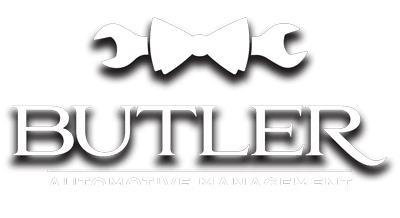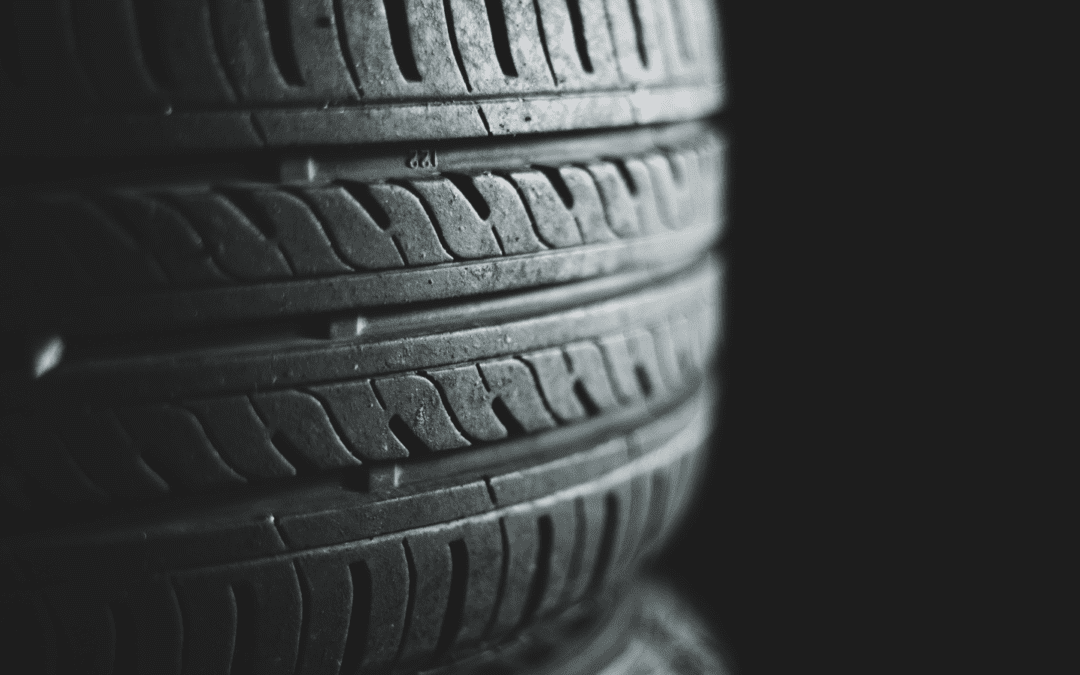The average American drives about 40 miles every day, but if you drive for a living, that number is likely much higher. To keep your fleet thriving, you must regularly complete maintenance and checkups on your vehicles.
Out of all of the parts in the car, the tires are the quickest to wear out and need replacing. It’s often overlooked how much a tire has to handle to keep your vehicle moving straight down a highway for hours and hours every day; After all, the tires are the only part designed to have contact with the road!
Keep reading below for some tire safety tips to ensure the longevity and safety of your fleet vehicles.

Maintenance is Key
Spending the time to properly maintain your vehicle even when there’s nothing wrong is the best way to keep your fleet running strong year-round.
With how often tires need to be replaced, a simple increase in maintenance for the tires on your fleet can save you a lot of money. When you operate a fleet, there are a lot of tires on the road, so these savings only multiply!
Tire Pressure
To keep track of this, you’ll want to:
- Have a tire gauge in all your cars
- Pay attention to your dashboard alerts
- Keep a spare on the ready (just in case)
More of these tire tips below…
Many people are under the impression that the best tire pressure to use is found on the sidewall of the tire itself, but this isn’t the case. The tire’s peak performance can vary widely based on the vehicle, so it’s always best to consult the vehicle manufacturer’s owner’s manual.
The tire measurements found inside the car manual are mathematically tested for the best performance. If you’ve lost your manual, look for the tire pressure information on the inside of the driver’s side door.
Own a Tire Pressure Gauge
Keeping a tire pressure gauge in your vehicle at all times is one of the easiest and most important aspects of tire maintenance. Tire pressure can affect fuel efficiency, handling, and wear to the tires. Before a day of driving, use the tire pressure gauge and compare it to the recommended levels.
According to the pressure measurements recommended by the manufacturer, inflate tires to the “cold” pressure that is listed. Cold tire pressure relates to tires that have not been driven on in 2-3 hours. Some pumps may even have a built-in gauge, which saves you the time of having to check the air pressure in between filling it up.
It’s standard practice to adjust tire pressure once a month, but for fleet drivers that put many miles on a car, it should be a part of the startup routine for the best results.
Always Respect the TPMS Light
It’s easy to overlook safety features that aren’t brand new, such as the TPMS, or the tire pressure monitoring system. When this light appears alerting you of your tire pressure, it should never be ignored. A tire that is underinflated by as little as 20% can become damaged enough to fail!
BAM! > How to Steer Clear of These Costly Car Tech Repairs
Tire pressure can affect fuel efficiency, handling, and wear. Fleet drivers that put many miles on a car should include tire inspection in their weekly routine.
Inspect the Physical Condition of your Tires
In addition to the pressure, the drivers should be inspecting the physical condition of the tires and wheels. A classic check of tread wear will only cost you $0.01, only if you lose the penny! Take a penny and place Lincoln’s head facing down in the tire tread, if most of Lincoln’s head is visible, this means you should plan on replacing the tire soon. If his entire head is covered, the tire is in great condition!
When replacing tires, it’s recommended to replace all four at once to prevent uneven wear and excess trips to the tire shop!
Your fleet reflects your business, keep it running efficiently with Butler Automotive Management! Call (813) 850-0022 to schedule hassle-free service for all your vehicles!
Rotate Your Tires
A regular tire rotation and alignment is the last piece of the maintenance puzzle. Tires are rotated from the front to the back, as the tires that are being powered in FWD or RWD will sustain more wear than the other tires. Many manufacturers recommend rotating your tires every 6,000 to 8,000 miles.
Alignments ensure your tires are properly positioned to keep your car driving straight. If you feel your car drifting, be sure to get your tires aligned soon as the wear it causes can be significant.
More Clear Signs of a Damaged Tire
Aside from pressure and tread wear, be aware of some of the following issues:
- Nails in the outer area of the tire are not safe to repair and must be replaced.
- Bent wheels can cause air leaks and an unpleasant drive.
- Cracks or cuts in the sidewall are unsafe to drive on.
- Bubbles in the sidewall are caused by impact and should be inspected or replaced depending on the size
- Uneven tread wear is caused by improper inflation, be sure to inspect the tread on the center and outside of the tire.
Spare Tires
Obviously, a spare tire is a must and should always be in the vehicle, so be sure to inspect the spare tire. These tires can only last about 70 miles worth of driving. The tire should be in new condition and shouldn’t have been used much.

Keep Your Fleet the Best it Can Be
BAM! There you have some easy-to-implement tire safety tips for your team. Being in the know is the first step to keeping your vehicles running safely, and running for a long time. As your vehicle gets the best treatment mechanically, be sure to keep that same energy with the interior of your vehicle!
Keeping your vehicle clean inside and out prevents the type of wear and tear that is most visible, and keeps your business looking great on the road.
Contact Butler Automotive Management for convenient mobile detailing and fleet management throughout Tampa Bay!





